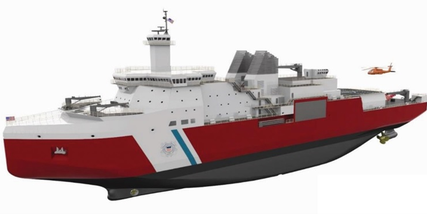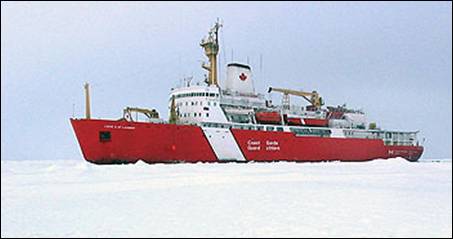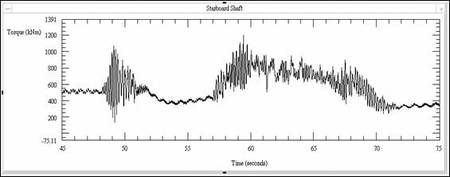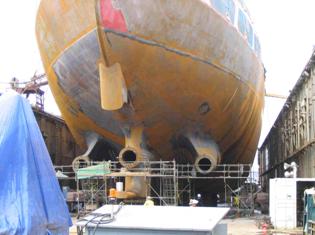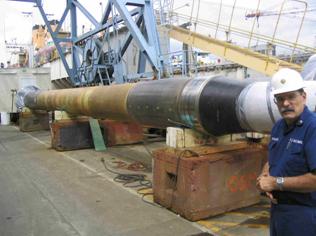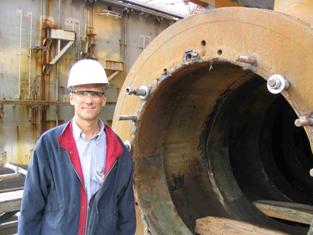Icebreakers
US Coast Guard Polar Security Cutters
|
CCG Terry Fox
|
CCG Louis S. St. Laurent
|
USCGC Polar Class
|
Other Work
Mr. Bruce Cowper of LamaLo Technology Inc. has worked for over 15 years on measurement, analysis, and design of ice class propulsion systems, including research work used in the development of design criteria for ice-class propulsion machinery. This has included working with IACS on the development of Unified Requirements for Polar Ships, and with the Canadian Coast Guard / Transport Canada on revision to the Canadian Arctic Pollution Prevention Regulations (Propulsion Machinery and Powering). Bruce has managed a number of icebreaker full-scale trials, and has extensive experience on trials investigating the performance of ice-class propulsion systems. Trials work has been conducted in the Antarctic, Arctic, Canadian East Coast, and the Saguenay River, on more than a dozen icebreakers and on the Canadian Ice-Breaking Oil Tanker MV Arctic. Mr. Cowper has also acted as specialized technical liaison with Russian experts on icebreaking technology in St. Petersburg, Russia.
